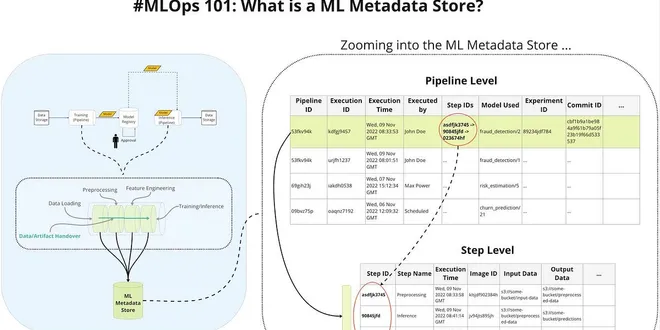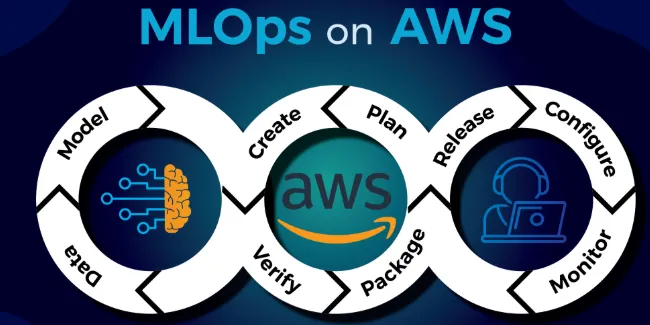Managing Model Registries

Register and Deploy Models with SageMaker Model Registry
An Introduction To SageMaker Model Registry Continue reading on Towards Data Science
📚 Read more at Towards Data Science🔎 Find similar documents

ML model registry — the “interface” that binds model experiments and model deployment
ML model registry — the “interface” that binds model experiments and model deployment. MLOps in Practice — A deep- dive into ML model registries, model versioning and model lifecycle management..
📚 Read more at Towards Data Science🔎 Find similar documents

MLOps in a Nutshell: Model Registry, ML Metadata Store and Model Pipeline
The following is a collection of three shorter-form content pieces I’ve published on LinkedIn. They present three core MLOps (Machine Learning Operations) concepts in a concise manner: * Model Registr...
📚 Read more at Python in Plain English🔎 Find similar documents

Model Monitoring Dashboards made easy (1/3).
I know the pain of model monitoring and retraining models is not very pleasant for any machine learning engineer, more so if there isn’t any easy way to keep track of all the models that are deployed…...
📚 Read more at Towards AI🔎 Find similar documents

Advent of 2022, Day 14 – Registering the models
In the series of Azure Machine Learning posts: Important asset is the “Models” in navigation bar. This feature allows you to work with different model types -__ custom, MLflow, and Triton. What you do...
📚 Read more at R-bloggers🔎 Find similar documents

Automate your Model Documentation using H2O AutoDoc
The Federal Reserve’s 2011 guidelines state that model risk assessment and management would be ineffective without adequate documentation. A similar requirement is put forward today by many…
📚 Read more at Towards Data Science🔎 Find similar documents

How To Effectively Manage Deployed Models
Most models never make it to production. We previously looked at deploying Tensorflow models using Tensorflow Serving. Once that process is completed, we may think that our work is all done. In…
📚 Read more at Towards Data Science🔎 Find similar documents

Working with Docker Registry: Managing Your Image Repositories
Docker Registry serves as a central repository for storing and distributing Docker images. Effectively managing your image repositories on Docker Registry is essential for organizing, sharing, and sec...
📚 Read more at Python in Plain English🔎 Find similar documents

Models, MLFlow, and Microsoft Fabric
Fabric Madness part 5 Image by author and ChatGPT. “Design an illustration, with imagery representing multiple machine learning models, focusing on basketball data” prompt. ChatGPT, 4, OpenAI, 25th A...
📚 Read more at Towards Data Science🔎 Find similar documents

MLOps: Model Monitoring 101
Model monitoring using a model metric stack is essential to put a feedback loop from a deployed ML model back to the model building stage so that ML models can constantly improve themselves under diff...
📚 Read more at Towards Data Science🔎 Find similar documents

A Catalog of Models
There are many types of models--deterministic, empirical, probabilistic. You need to understand which type is best for your application.
📚 Read more at Towards Data Science🔎 Find similar documents

MLOps With AWS Platform Part 2
AWS MLOps: Comprehensive Workflow Stages Stage 1: Data Management Stage 2: Model Development Stage 3: Model Registry Stage 4: CI/CD Pipeline Stage 5: Deployment Options Stage 6: Monitoring Stage 7: Se...
📚 Read more at Towards AI🔎 Find similar documents

